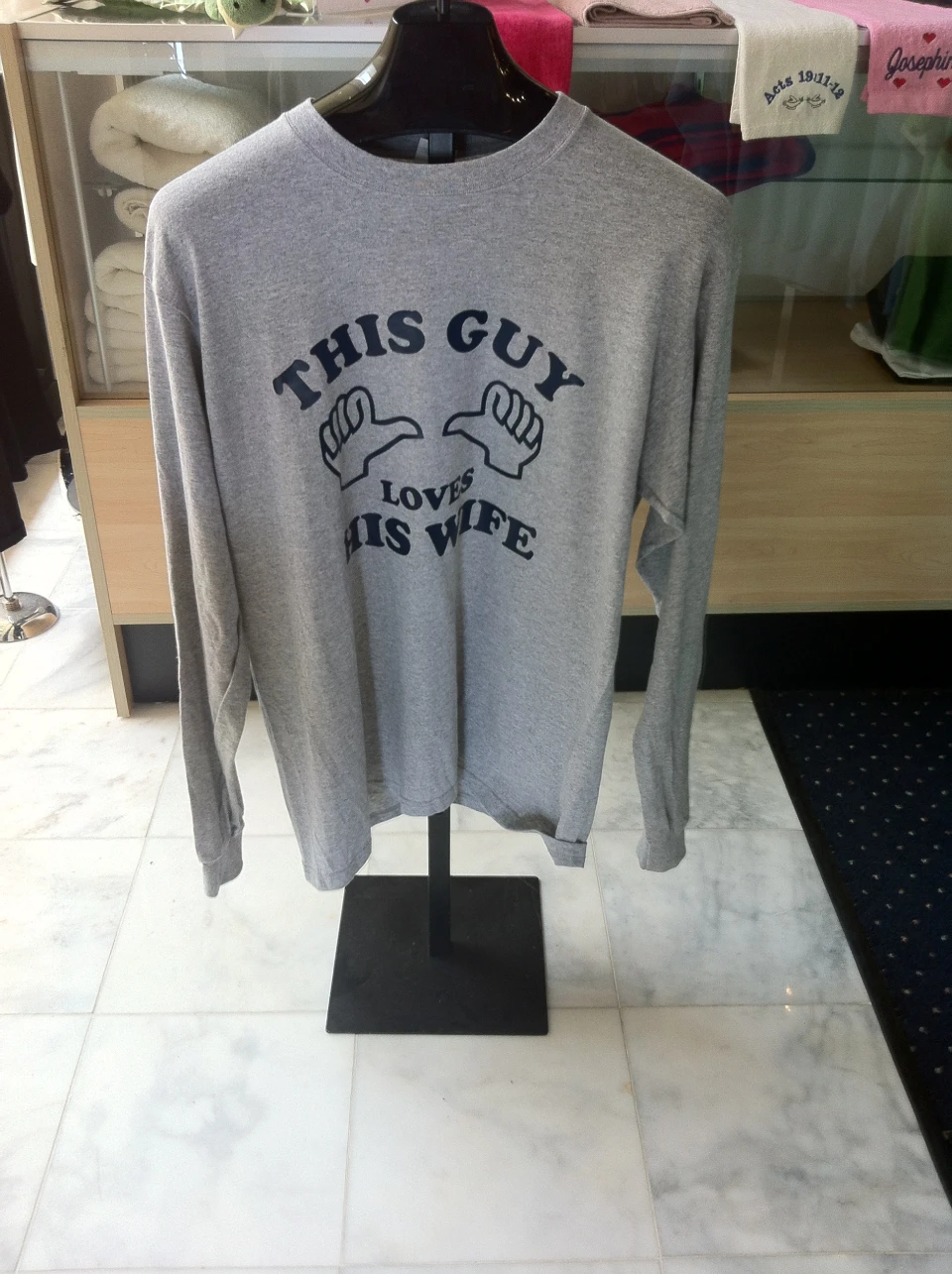Individualized Lab Coats with Embroidery for Medical Professionals
Individualized Lab Coats with Embroidery for Medical Professionals
Blog Article
The Art of Custom Needlework: Unlocking the Tricks to Creating Unique and Remarkable Layouts
The secrets to creating custom needlework styles that mesmerize the eye and leave an enduring impression lie in a delicate balance of technique, creativity, and interest to detail. As we dive into the globe of custom-made embroidery, we discover the nuanced interplay in between thread choice, stitch intricacy, and style customization that elevates a simple garment to a work of art.
Selecting the Right Needlework Threads
When choosing embroidery threads, what vital variables should you think about to make sure the ideal results for your custom-made styles? The selection of needlework thread is crucial in figuring out the final outcome of your embroidered style.
Furthermore, the weight or density of the string plays a substantial duty in the look of the embroidery. Thicker threads can include dimension and texture to your layout, while finer threads are optimal for intricate information and tiny message. In addition, taking into consideration the shade fastness and washability of the string is essential to make certain that your custom-made layouts maintain their high quality and vibrancy gradually. By very carefully examining these elements and choosing premium threads that meet your details requirements, you can improve the visual charm and long life of your embroidered creations.
Exploring Various Stitch Methods
To dive right into the realm of 'Checking out Different Stitch Strategies', one have to grasp the complexities and subtleties that each stitching technique offers the art of embroidery. Different stitch techniques not just include visual interest but additionally add to the general structure and dimension of the style. One prominent stitch method is the satin stitch, which includes carefully jam-packed parallel stitches to produce a smooth and glossy surface, perfect for filling out forms and creating bold details.
On the various other hand, the backstitch is a functional strategy frequently used for describing and including great information. It includes stitching backwards to create a strong line of embroidery. Furthermore, the French knot stitch includes a responsive element to designs, perfect for creating textured accents like blossom facilities or decorative touches.
Checking out different stitch strategies enables embroiderers to have fun with light, darkness, and depth within their designs, raising the aesthetic appeal and imaginative quality of their needlework projects. By understanding different stitching methods, one can unlock unlimited possibilities for developing special and memorable custom embroidery items.
Incorporating Personalized Style Elements
Having explored the intricacies of different stitch methods such as the satin stitch, backstitch, and French knot, the focus now changes towards incorporating customized layout aspects in custom embroidery tasks. Individualized design aspects play a vital function in making embroidery jobs really distinct and remarkable.
An additional method to incorporate tailored layout elements is by consisting of signs or concepts that hold special meaning to the recipient or reflect their passions and character. Integrating a preferred blossom, pet, or hobby-related symbol can make the needlework layout much more meaningful and customized. Furthermore, selecting colors that reverberate with the recipient or line up with the intended theme can further boost the personalization of the needlework job.
Understanding the Art of Shade Coordination

One trick facet of color coordination is recognizing shade theory. This includes recognizing just how various shades the original source engage with each various other, the emotions they share, and how they can be integrated to create visually enticing styles. By applying color theory principles, embroiderers can produce harmonious shade combinations that enhance the total appearance of the design.
In addition, dry cleaners and alterations focusing on comparison is vital in shade sychronisation. Using contrasting shades can assist certain aspects of the design pop, improve legibility, and create a visually vibrant needlework item. By understanding the art of color coordination, embroiderers can boost their designs and create remarkable pieces that resonate with clients and viewers alike.
Enhancing Structure With Advanced Needlework Stitches
French knots, for example, are perfect for adding tiny, elevated dots to your style, simulating the appearance of grains or creating a distinctive surface. Bullion knots, on the various other hand, can be used to produce twisted, ropelike elements that include a glamorous feel to the needlework. Seed stitching involves little, scattered stitches that can complete areas with a multicolor texture, while turkey work produces cosy, dimensional accents evocative pet fur or foliage. Trying out these innovative needlework stitches permits you to press the limits of typical needlework and develop genuinely one-of-a-kind and visually enticing structures in your layouts.
Final Thought
To conclude, the art of custom-made needlework includes a combination of selecting the best threads, checking out numerous stitch methods, incorporating tailored layout components, grasping color coordination, and improving texture with sophisticated stitches. online custom tailoring By comprehending and implementing these crucial elements, embroiderers can produce distinct and remarkable styles that display their creativity and skill. Embroidery lovers can open the secrets to creating beautiful and bespoke items that stand apart and leave an enduring impact.
Report this page